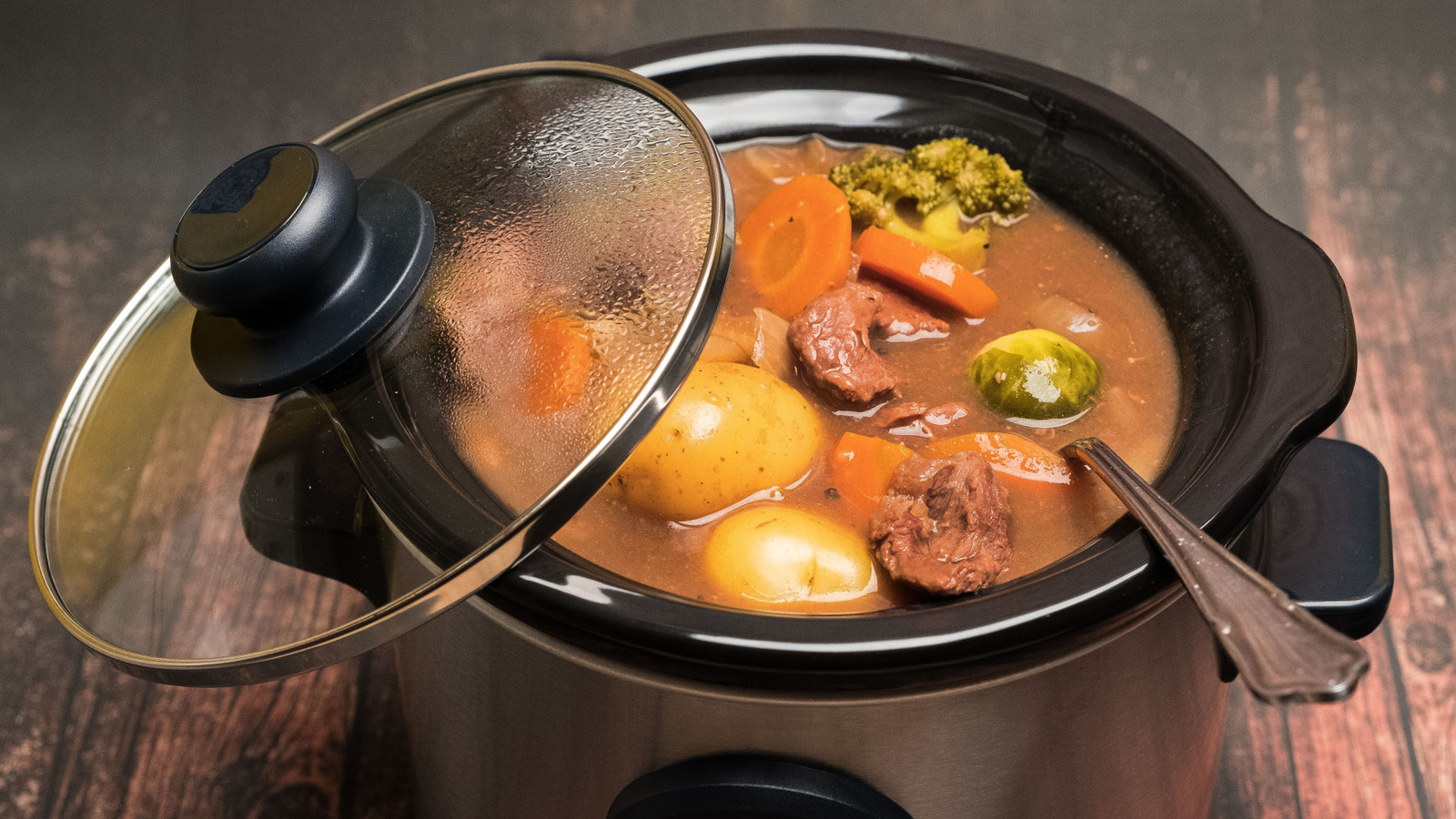
"Exceeding those limits can disrupt how your food cooks, or worse, the safety of your kitchen. In fact, one of the quickest and messiest results of overfilling your slow cooker is it bubbling over. As the food heats and liquids begin to simmer, there's little room for expansion, causing liquids such as sauces, broths, or oil to spill over the edges of the pot, under the lid, drip down the exterior, and onto your counter or stovetop."
"This bubbling over isn't just messy; it can also be very dangerous. Many slow cookers have heating elements at the base and sides, or cords that lie across the standing surface. Liquid seeping into those parts can lead to smoking, sparking, permanent damage, or even short out nearby outlets. Beyond safety concerns, spilled liquid also makes it harder for the slow cooker to maintain an accurate temperature, meaning that your meal may not cook evenly or safely - especially when it contains raw proteins,"
Overfilling a slow cooker allows liquids to expand and bubble over, causing spills under the lid and onto surrounding surfaces. Spilled liquid can reach heating elements or cords, creating risks of smoking, sparking, permanent damage, or electrical shorts. Overflow also prevents the appliance from holding a consistent temperature, which can result in uneven or unsafe cooking of dishes containing raw proteins. Excess fill can stop the lid from sealing properly, permitting steam to escape and producing drier, tougher meats or thin, undercooked stews. Adhering to fill lines helps maintain safety and intended cooking results.
Read at Tasting Table
Unable to calculate read time
Collection
[
|
...
]